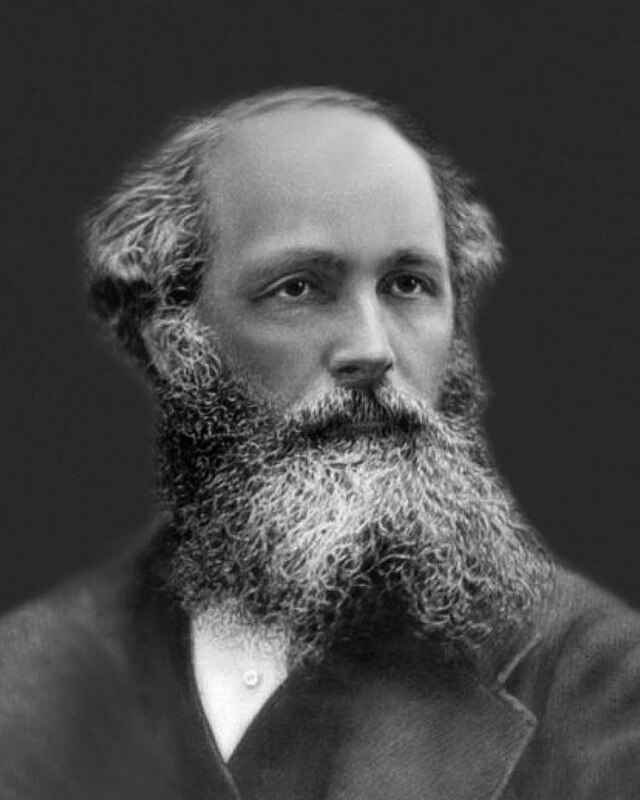The online electric coil simulations on this page let you explore how these components generate and store magnetic fields, how their inductance affects circuit behavior, and how they perform depending on their design and core material. We will explore the different types of coils and observe their behavior, laying the foundation for understanding their practical applications in modern electrical technologies.
What is an electric coil
An electric coil is a passive component made of a conductor wound into a spiral, usually copper. Its main function is to store energy in the form of a magnetic field when an electric current passes through it. Coils can be constructed without an internal core, in which case the magnetic field forms directly in the air, or they can include a solid core made of materials such as iron or ferrite. The presence of a solid core concentrates and strengthens the magnetic field, increasing inductance and improving the component’s efficiency in specific applications. Due to their versatility, coils are used in a wide range of electrical and electronic devices, from radios and televisions to motors, transformers, and communication systems.
How an electric coil works
The operation of an electric coil is based on the principle of electromagnetic induction. When an electric current flows through the coil’s winding, a magnetic field is generated around the conductor. This field stores energy and opposes any change in the current, a phenomenon known as self-induction. To understand how a coil behaves in different circuits and applications, it is important to analyze several key parameters that determine its performance: inductance, internal resistance, quality factor, operating frequency, and core influence.
Inductance (H)
Measures the coil’s ability to store energy in the magnetic field. It is the main parameter that defines how the coil reacts to current changes and its behavior in electrical circuits.
Internal resistance
The copper wire of the coil presents some resistance, which affects energy dissipation and the overall efficiency of the component.
Quality factor (Q)
Indicates the coil’s efficiency and its ability to operate in resonant circuits. A high Q means that the coil loses little energy and better maintains oscillation in LC circuits.
Operating frequency
Inductance and resistance determine the coil’s behavior at different frequencies, which is fundamental in filters, radio-frequency circuits, and high-frequency applications.
Core influence
The presence of a core concentrates the magnetic field and increases inductance, improving the coil’s efficiency in practical applications such as transformers, power inductors, and resonant circuits.
Types of electric coils
Electric coils can be classified in several ways, but here we will focus on their classification according to core type, as this factor greatly influences their behavior and applications. Each core type grants specific properties that make the coil more suitable for certain uses in electronic circuits and devices.
Air-core coil
These coils have no solid core; the magnetic field forms only in the air. They are easy to construct and are used where low inductance and high frequency are required, such as in antennas and RF filters.
Iron-core coil
These use an iron core to concentrate the magnetic field, significantly increasing inductance. They are widely used in transformers, power inductors, and applications where more energy storage is needed.
Ferrite-core coil
The ferrite core combines high magnetic permeability with low losses at high frequencies. These coils are common in switching power supplies, RF inductors, and communication systems.
Powdered iron core coil
These cores provide a balance between high inductance and low hysteresis loss. They are used in power applications and DC filters, offering stability against saturation.
Applications of electric coils
Electric coils generate and store magnetic fields, and their behavior directly influences the operation of the circuits and devices they are part of. Thanks to these properties, they are used in a wide variety of both electronic and electromechanical applications.
Applications in circuits and electronics
They are used in transformers, power inductors, current filters, and resonant circuits, as well as in antennas and communication systems.
Applications in electromechanical devices
They play an essential role in switched-mode power supplies, electric motors, and other electromechanical devices, where their ability to generate controlled magnetic fields is fundamental.
Core and design influence
The type of coil and core material determine its suitability for each application. For example, air-core coils are ideal in high-frequency circuits, while iron or ferrite-core coils are used in power applications and transformers. This differentiation is key to understanding how they adapt to different practical needs in modern electrical engineering.
Explore the exciting STEM world with our free, online simulations and accompanying companion courses! With them you'll be able to experience and learn hands-on. Take this opportunity to immerse yourself in virtual experiences while advancing your education - awaken your scientific curiosity and discover all that the STEM world has to offer!
Electric coil simulations
- Operation
- AC RL
- Oscillator
- Combi
Operation of a coil
This simulation allows you to explore how a coil generates a magnetic field when electric current passes through it. You can observe phenomena such as the increase in field intensity as the current varies, and how the shape and number of turns of the coil affect its behavior. It is an ideal tool for visually understanding the relationship between current, magnetic field, and inductance.
Alternating current RL Circuit
In this simulation, we will analyze an RL circuit powered by an alternating current (AC) source. It will help us understand the difference between circuits powered by direct current (DC) and those powered by alternating current (AC). You can observe that simple changes in frequency cause variations in the potential difference across the components of an RL circuit. The value of the resistor, the value of the capacitor, and the frequency of the power source can all be adjusted.
When you are ready to start, click the “Begin” button.
LC Oscilltor
The LC oscillator simulation shows how an inductor and a capacitor connected together generate periodic oscillations of current and voltage. It allows you to adjust the values of inductance and capacitance to study the natural frequency of the circuit and understand the fundamentals of resonant systems in electronics.
Combination of coil and capacitor in direct current
This simulation combines coils and capacitors, showing how they interact in electrical circuits. It allows you to experiment with charges, magnetic fields, and resonance effects in an LC circuit, making it easier to understand key concepts such as stored energy, natural frequency, and the energy exchange between inductance and capacitance. It is very useful for visualizing the dynamics of resonant circuits and the influence of coils on their behavior.
Giants of science
“If I have seen further, it is by standing on the shoulders of giants”
Isaac Newton

James Clerk Maxwell
–

André-Marie Ampère
–
Become a giant


Principles of Modeling, Simulations, and Control for Electric Energy Systems



Principles of Electric Circuits | 电路原理



Electrotechnique I



Electromagnetic Compatibility Essentials



AP® Physics 1: Challenging Concepts



AP® Physics 2: Challenging Concepts



AP® Physics 1



AP® Physics 1 – Part 4: Exam Prep






























